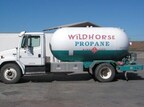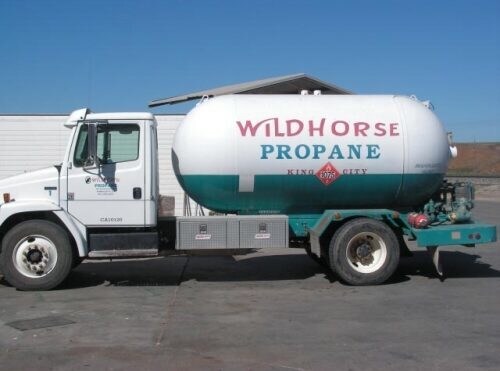The Path to Zero is a global effort to reduce greenhouse gas emissions. Although not led by a single organization, countries and NGOs worldwide are contributing to solutions. The Wildhorse Propane & Appliance team explains how propane's low emissions support progress toward zero.
PASO ROBLES, Calif., Oct. 29, 2025 /PRNewswire-PRWeb/ -- The path to zero is a global initiative focusing on reducing greenhouse gas output. The movement does not have an official organization, but several countries and non-government organizations are participating and contributing to solutions. The Wildhorse Propane & Appliance team has summarized how propane's low greenhouse gas emissions are playing a key role in the path to zero.
Along with implementing policies that encourage investment in clean technologies, one of the most significant objectives of the path to net zero is replacing fossil fuels with renewable energy. Due to its low emissions, propane is considered a green fuel and plays an important role in the path to net zero. In an April 2025 article, the Propane Education & Research Council(PERC) reports that propane produces "52 percent fewer greenhouse gas emissions than electricity generated from the U.S. grid."
In a summary of propane's role in reducing greenhouse gas emissions, PERC reports that 65% of US grid electricity is generated by fossil fuel sources. "Compared to an equivalent amount of electricity generated from the US grid, using propane produces 35% fewer greenhouse gas emissions.
- Propane-powered water heaters reduce greenhouse emissions by as much as 56%.
The United States is the world leader in propane production, with approximately 80% used within the country. Propane significantly strengthens the US as a world leader on the path to net zero. California, New York, Massachusetts, Washington, and Hawaii lead the nation in advances towards net zero. California leads the country both in propane use and in progress in the path to net zero.
Renewable propane, which is chemically identical to conventional propane, has entered the path to net zero, making consistent, growing contributions since 2019. Renewable propane is produced from organic matter and recycled feedstocks. Its typical carbon intensity (CI) is roughly one-quarter that of conventional propane's already low CI.
Around 7.6 million gallons were in circulation in 2019. Today, 200,000 tons of renewable propane are produced. It's difficult to determine exactly when renewable propane became a brainchild of the energy industry, but its discovery seems to be a side effect of the overall biofuel industry.
Conventional propane has already demonstrated a positive impact on reducing greenhouse gas emissions. As renewable propane continues to gain momentum, it is emerging as a key player in the path to net zero.
Currently, transportation is the largest growth sector for renewable propane. But, as it gains popularity in residential, commercial, and agricultural uses, customers can rely on the Salinas propane service to continue as a local leader in advancing technologies and delivery services.
Wildhorse Propane & Appliance
50557 Wildhorse Road
King City, CA, 93930
(831) 385-4827
Media Contact
Jacquelyn Iddings, Access Publishing, 8052269890, [email protected]
SOURCE Wildhorse Propane & Appliance



Share this article